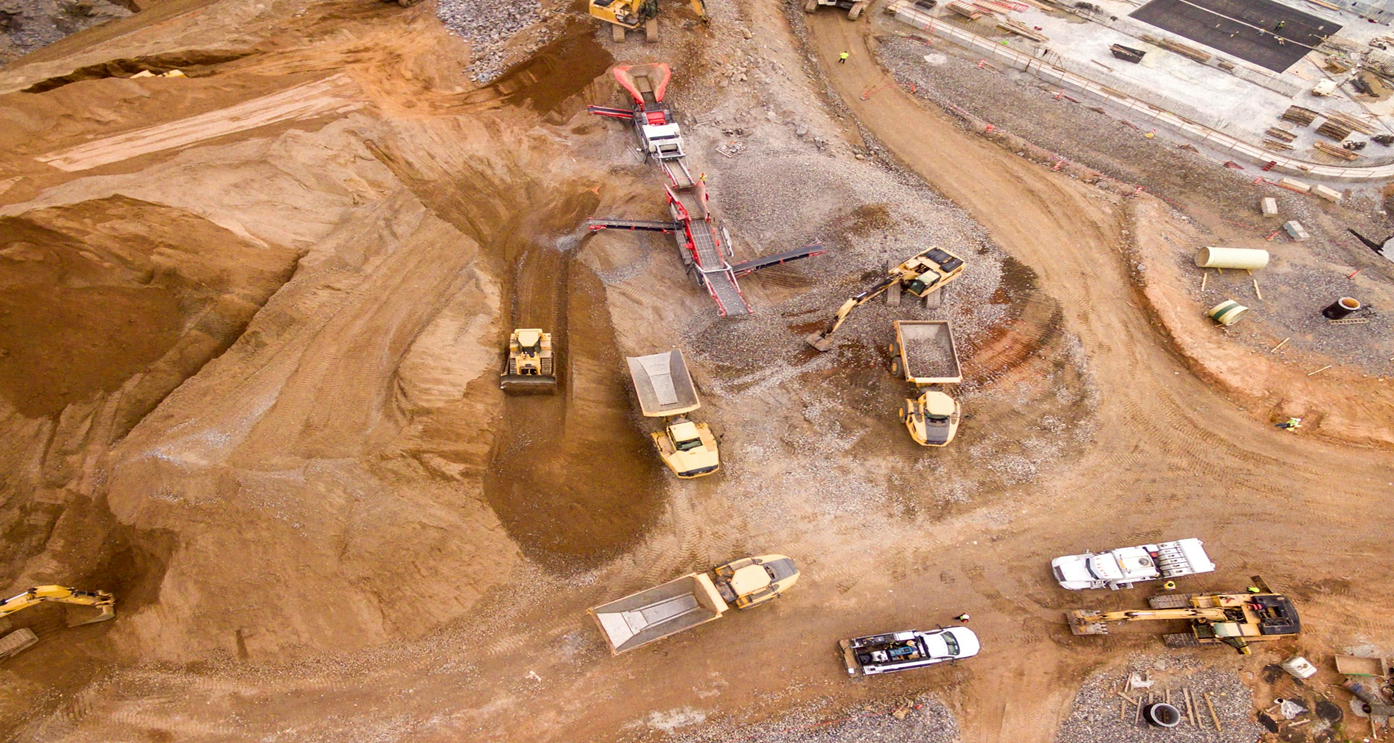The construction industry’s push to lessen its ecological footprint is steering it toward greener operations. Environmental, Social and Governance (ESG) principles influence the shift. These goals embed sustainability into every stage of construction equipment implementation and the broader building process.
What Is ESG in Construction?
Aside from sustainability, ESG integrates ethical considerations into construction planning and management. Environmentally, it lessens impact through energy-efficient machinery, low-carbon materials and waste reduction. Socially, it supports workers with safer sites, fair labor practices and community benefits like green public spaces. Governance-wise, it ensures accountability through transparent reporting, compliance and ethical procurement.
These measures evaluate a firm’s performance to identify where it lags behind its peers and how it compares against external standards. If the goals are satisfied, the firm can attract funding by meeting investor sustainability criteria and build long-term resilience through durable, resource-efficient and socially responsible projects. In short, ESG is the new leaf driving eco-friendly operations and green building in an industry long burdened by heavy emissions.

Techniques for ESG Compliance in Construction Equipment Implementation
ESG compliance is now necessary to remain competitive. Fifty-five percent of lenders require builders to demonstrate ESG practices before granting access to project capital. As a result, many construction companies are rethinking their resource-intensive operations to meet these expectations and strengthen their chances of securing financing. Here’s how they do it.
Switching to Electric Equipment
Construction accounts for 34% of global carbon dioxide emissions.
One of the most effective ways to slash this footprint is by upgrading to electric implements, which demonstrates a commitment to sustainable building methods. Unlike diesel-powered machinery, power-driven equipment produces zero on-site emissions, curbing the industry’s contribution to climate change. Beyond decreasing emissions, battery-operated machinery also improves air quality for workers and nearby communities by eliminating exhaust fumes.
Building firms can ease the transition by adopting fuel-efficient machinery or using alternative fuels like biodiesel, so the transition to fully electric fleets is gradual rather than an overnight endeavor.
However, challenges remain. The need for reliable on-site charging infrastructure and the limited availability of certain specialized electric tools could slow adoption. Still, although the upfront investment may be higher, long-term gains include lower fuel costs, reduced maintenance needs and adherence to increasingly strict environmental regulations.
Maintaining Machinery for Peak Efficiency
Proper equipment operation and maintenance are central to achieving ESG goals on construction sites. Here are the best practices to follow:
- Implement strict maintenance schedules to keep machinery fuel-efficient.
- Train operators in eco-driving, which includes minimizing idling, using optimal gears and maintaining steady speeds.
- Use telematics to track performance, detect inefficiencies and optimize usage patterns.
- Apply predictive maintenance using data analysis to anticipate equipment failures and prevent costly downtime.
- Dispose of oil, filters and other waste responsibly to prevent contamination.
Even focusing on passenger training alone can already cut fuel consumption by 20%, which lowers the industry’s ecological footprint. If these practices are combined, the conservation of resources could be much higher.
Reducing On-Site Noise
Noise pollution is often an overlooked consequence of construction work, yet it directly affects employees’ well-being and community relations. For instance, jackhammers can reach up to 111 decibels, which can harm the user. Prolonged exposure to sounds that go over 85 decibels can quickly damage hearing.
Electric equipment is 75% quieter than traditional diesel-powered machines. Companies can also install temporary barriers or enclosures around high-decibel machinery. Noise monitoring programs can also track sound levels across worksites and identify hot spots where reduction measures are most needed.
Protecting Worker Health
Safeguarding worker health is central to ESG-focused development procedures. With ergonomic injuries accounting for 55% of workplace-related emergency room visits, firms must invest in user-friendly machinery to minimize strain and long-term musculoskeletal risks. They could begin with:
- Excavators with adjustable seats and controls that absorb vibration and accommodate different body types.
- Power tools with vibration-dampening grip and long or angled handles.
- Touch-screen interface positioned at eye level.
- Electronic joystick controls with minimal force, which workers can adjust for sensitivity.
- 360-degree camera systems that eliminate the need for awkward twisting.
- Climate-controlled cabs to reduce heat discomfort.
Infrastructure development also remains one of the most dangerous industries. In 2021, 83 workers lost their lives on construction sites. Modern safety features like collision avoidance systems, backup cameras and enhanced visibility can help prevent accidents.
Equally important, comprehensive training and certification programs ensure operators have the knowledge and skills to work safely and responsibly. Courses such as OSHA’s 30-hour construction safety program or specialized equipment operator certifications ensure workers are technically competent and well-versed in safety protocols.

Engaging Communities in Responsible Construction Practices
The social aspect of ESG extends to the community. Because construction work can be disruptive, operations should be scheduled during appropriate hours to minimize neighborhood impact. Maintaining open communication with residents is key. Companies can:
- Hold regular community meetings.
- Provide updates through a dedicated website or social media page.
- Establish a hotline for residents to report concerns.
These efforts keep people informed, strengthen accountability and protect community well-being, while aligning construction practices with ESG commitments.
Ensuring Transparency and Accountability in Equipment Use
Accountability in machinery use begins with reliable data. Tracking usage, fuel consumption, emissions and maintenance records helps firms create a clear picture of performance while identifying areas for greater efficiency and reduced effects. These insights transform equipment management from routine oversight into a driver of sustainability.
Transparency follows through open reporting. By including specific equipment-related metrics like fuel consumption per operating hour, greenhouse gas emissions per project, and waste generated per project in ESG and sustainability disclosures, stakeholders see tangible proof of progress.
Complying with Environmental and Safety Regulations
Companies must keep pace with evolving green regulations to meet emissions, fuel, noise and waste standards. Adherence to frameworks like the Clean Air Act, the Clean Water Act and OSHA safety standards is essential. By monitoring performance against these benchmarks and disclosing results in ESG reports, companies showcase their culpability, highlight progress and identify opportunities for improvement.
Procuring Equipment and Materials Ethically
Ethical procurement strengthens ESG integration by partnering with suppliers who uphold responsible methods. Selecting vendors committed to fair labor, low-impact manufacturing and transparent operations ensures that construction equipment and materials align with sustainability goals while reinforcing accountability across the supply chain.
Certifications such as Fair Trade and the Forest Stewardship Council help verify that providers source their materials ethically, so corporations can assure stakeholders and clients alike.
Laying the Groundwork for a Greener Industry
Rethinking on-site construction equipment implementation through the lens of ESG is essential for building a resilient, responsible industry. Companies reduce risk by adopting cleaner technologies, maintaining machinery efficiently, protecting workers, engaging communities and ensuring accountability while unlocking long-term value.
These actions lower the environmental footprint while building trust with stakeholders, attracting investment and strengthening compliance with tightening regulations. Sustainable equipment practices demonstrate that ESG is a pathway to innovation, competitiveness and credibility in the construction sector’s future.











